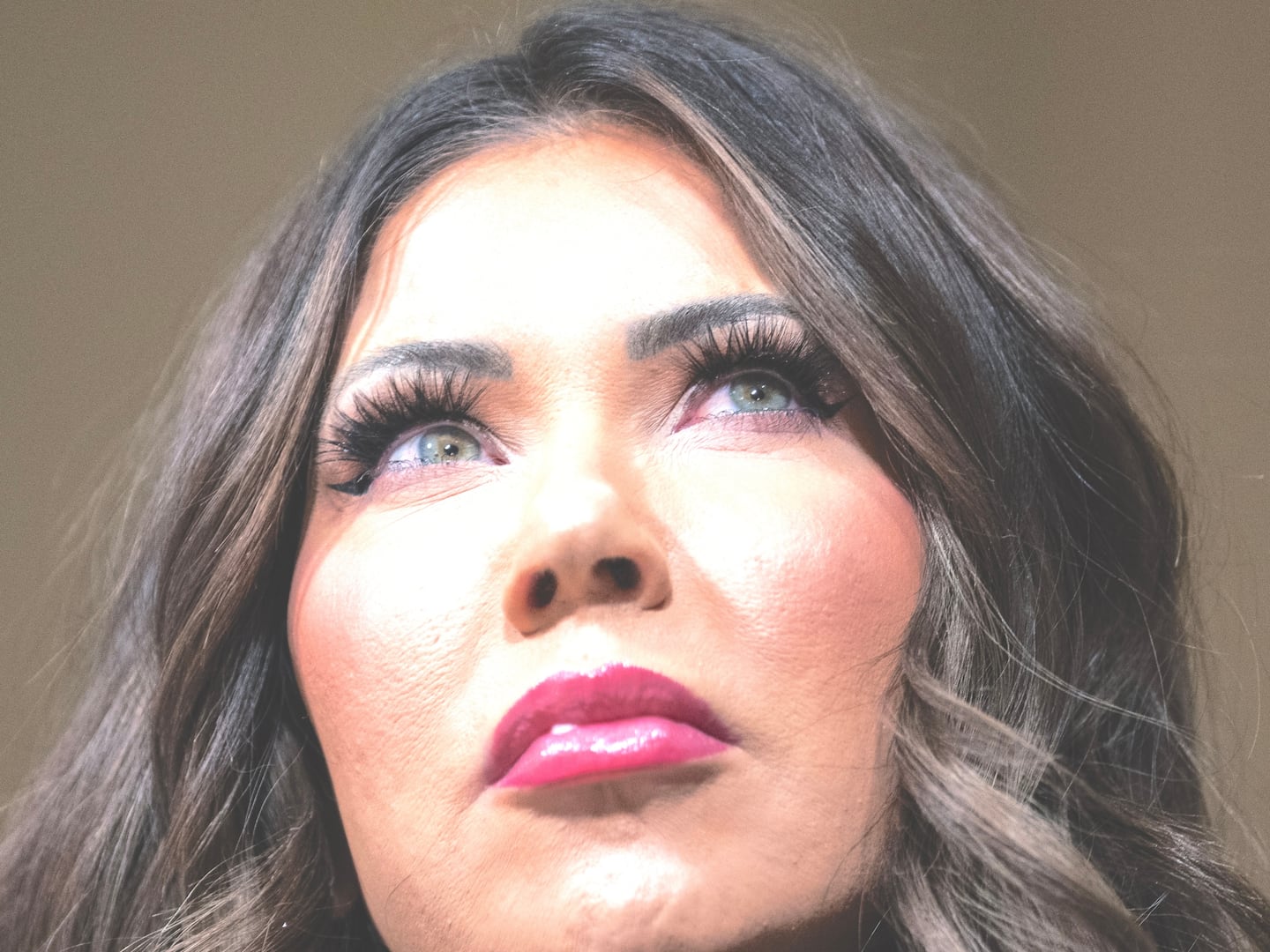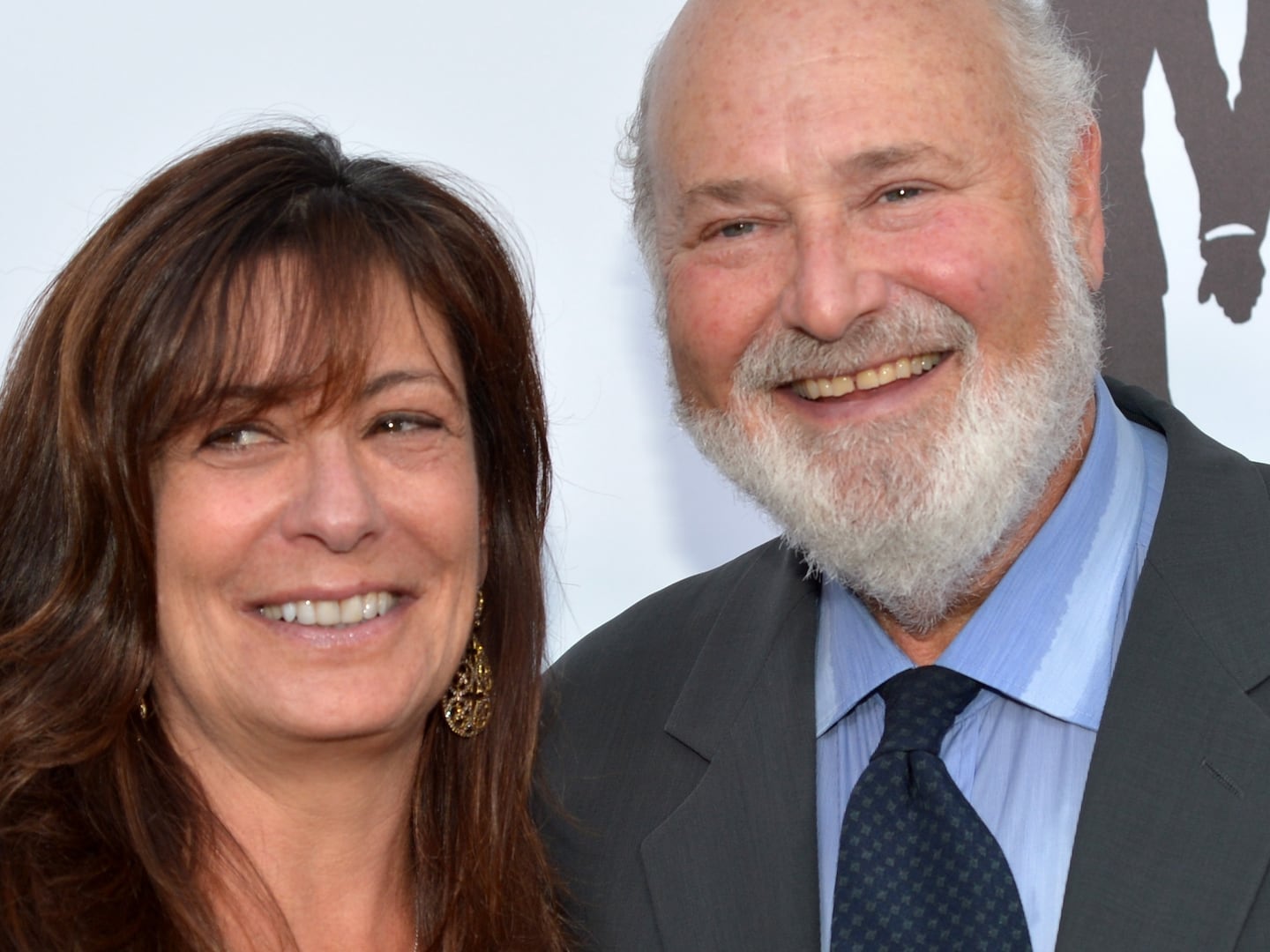I hate barstools.
OK, let me amend that. I like them well enough at 2:15 on a Tuesday afternoon, when you can pull one up, lay a stack of bills on the bar and let the afternoon pad away on quiet cat feet of jukebox C&W and Crown Royal.
But when 6:30 p.m. rolls around and you’re trying to get a drink and the bar is palisaded with a Trumpian wall of backs; when putting in a simple drink order means you have to stick your head into someone’s side eye-patrolled personal space and yell past their ear; when reaching over the tight-packed shoulders to get your Martini is like playing one of those rigged claw games—then, barstools suck.
They represent, ultimately, a private taking of what should be a public space, like so many Malibu beach mansions, and separate us into the protective haves and the resentful have-nots. If you ask me, barstools are un-American.
And in actual fact, they are. Before Prohibition, with very few exceptions stools were for oyster counters and soda fountains. You sat on stools to eat, not to drink. If you wanted a cocktail or a shot of something, you hoisted your foot up on the brass rail, leaned in, and placed your order. When your drink came, you relinquished the space, turned to face your friends, and drank with them. This was the American style of bar, “peculiar to this country,” as the Brooklyn Eagle noted in 1865, “the peculiarity of which is that there are no sitting accommodations” and “the patrons drink standing at the counter.” That Western saloon in the movies, where some cowboy gets tight and starts bashing the Riley next to him with his stool? Never happened.
There were other sorts of bars here, of course—Irish type ones, where you got your beer and whiskey standing at the bar but there were also tables along the wall, where you could sit and linger over those drinks; French-style cafes, German-style lager beer gardens, so on and so forth. But the barstool was foreign to them all. Then came Prohibition, and the speakeasy. Some speaks tried to run things on the old saloon plan. Others, however, were forward-looking in their choice of décor. That meant taking their style cues from places people could still drink legally, like London, Paris, or Havana. And those places had barstools, as old postcards depicting institutions such as—to pick a couple out of many—Sloppy Joe’s in Havana or the Adlon bar in Berlin demonstrate. (There were, of course, exceptions, such as Harry’s New York Bar in Paris, which stuck to the American plan—although nowadays even Harry’s has stools.)
One of the reasons those non-American American bars had stools is that they allowed women to drink there, and hoisting a foot up on the brass rail and leaning into a shot of hooch was somehow considered unladylike. Speakeasies allowed women, too. (After all, if you were paying all that protection you couldn’t very well afford to cut off half of your clientele.) And whether for that reason or just because it looked stylish, they tended to have barstools. It being America, some of them took things a little too far: There was even one New York joint that put in a full, working merry-go-round, with the bar in the middle and various carved horses, panthers, and whatnot for the customers to ride.
Come Repeal, even those who wanted to bring back the old saloon all too often couldn’t. Repeal was a bargain: The Federal government lifted the law but let the states regulate alcohol as they saw fit, and in the state capitals the Anti-Saloon League was still alive. If these worthies realized (reluctantly) that they had to bow to the public will, they were still going to make sure that they saved some face. That meant that saloons couldn’t look like, well, saloons (indeed, Missouri law stated that drinking joints “must not resemble old-time saloon[s]”). In some states, such as New York, that just meant you couldn’t call your place a saloon. As late as 1967, when an actor named Patrick O’Neal tried to open a hip, casual bar and grill across from the recently-opened Lincoln Center in New York, the State Liquor Authority nixed his expensive new sign: “O’Neal’s Saloon,” it read. OK. A couple of strokes of paint later and the “S” was a “B.” As “O’Neal’s Baloon” [sic] the bar became one of the iconic watering holes of its age, partly because of its bizarre name.
Other states were more aggressive, jiggering their laws so that a bar had to basically disguise itself as a restaurant that just happened to serve drinks. That meant hot food had to be served and it meant barstools, because it was an eating place now, not just a drinking one. That was the theory. But, as one California newspaper noted, it was still perfectly legal for an individual to “climb on a stool in front of a bar where food is available and order as many drinks as he wishes without bothering about the food.” Some jurisdictions dispensed with the food and simply mandated that people had to sit while drinking, whether at a table or at the bar. Others restricted drinks to table service. (Metzger’s, in Pittsburgh, got around that by placing 15 tiny tables on the bar, one between every two stools, and neatly placing the drinks on those; that is a bar I would have liked to drink at.) By the 1950s, the barstool had spread by osmosis even into the states that didn’t require it.
Eventually, most of the sillier of those Repeal-era strictures faded away, although their ivy-covered ruins can still be found in many state’s liquor codes, and in the culture of the American bar. The barstool is one of those ruins, and it’s with us forever. But if you’ve ever drunk at a place that eschews them, such as J.J. Foley’s in South Boston, you’ll appreciate how doing away with them creates an easy, egalitarian flow at the bar and makes the whole place more social.
Of course, if the place has stools, I’ll do my best to secure one. It’s always better to be a have than a have not. But I don’t like the person having one turns me into. Ideally, the stool would be like the so-called nyctinastic flowers, that fold their petals up at sundown. That way we could still have our occasional leisurely afternoon camp-out without gumming things up once society starts to show up. Call me a barroom utopianist.






